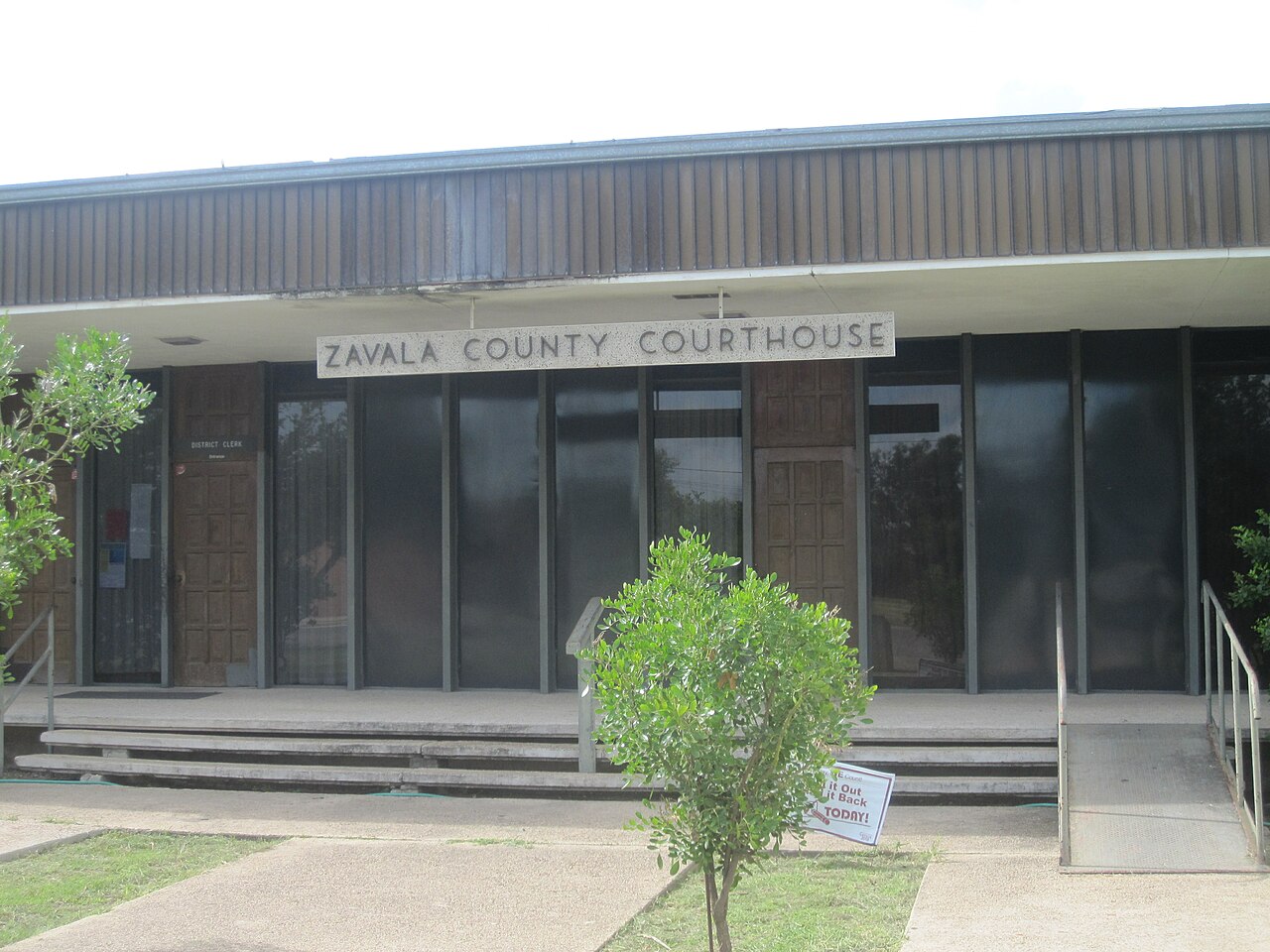How to Deal with Bankruptcy
One of the best ways to help you with all your debts that you can’t manage is to declare bankruptcy. It may seem like an unlikely solution but you would be quite surprised how truly helpful it is once you have a thorough understanding of the whole subject.
So what exactly is Houston bankruptcy?
If you’re living in any of the Houston communities such as Deer Park or League City and you need to declare that you’re bankrupt, you would need to apply for Deer Park bankruptcy or League City bankruptcy (as based on the given example). These filings are done within the city and need to follow the state law of Texas. That’s why it is called Houston bankruptcy because there’s a certain set of state rules that you would need to follow in order for you to qualify and eventually, be discharged from the debts that you have.
You must also know that just because that you’re declaring bankruptcy, you are already out of trouble. This isn’t really the case at all. It is of vital importance that you take everything seriously because failure to do this can cause a whole lot of problems in the long run. So don’t panic and get a grip of yourself so you can start making solutions to your life that is full of debt.
What You Need to Know
Contrary to what many people believe, filing for bankruptcy isn’t that easy. There is a process that needs to be followed and you need to become an eligible applicant first so you can properly be discharged from your debts. You see, not because you have a lot of creditors trying to get money out of you and that you have no cash to pay for all the things that you owe doesn’t automatically mean that you can quickly file for bankruptcy. Make sure that you discuss everything with your lawyer so that you will know what to do in terms of submitting all the necessary requirements and documents needed for the filings.
A Tedious Procedure
Yes, it is indeed a laborious process that needs to be done because you will need to declare all your finances to the court so that they can see and ultimately decide that you are truly bankrupt. You will need to reassess all your current finances. Record everything and it would greatly help if you organize your accounts and financial statements by date so that it will be easier to understand. You will need to make a couple of copies too and each copy must be in a book bind. Your paper works must always be presented in a professional manner and this can cost you quite a bit unless of course, if you have the time to do it all by yourself.
These are very important things that you need to know about if you truly want to ensure that your bankruptcy file would be a success. Also, it would be advisable that you hire only the best lawyer that can help you choose all the right decisions during this legal process.
Please visit our website for more information about us and bankruptcy.
Call us today at (713) 974-1151 to schedule a no-obligation consultation or feel free to email us at [email protected].
[paypal-donation]













